Weather in winter increases people’s exposure to indoor allergens by spending more time indoors. Common indoor allergies are as follows: air dust particles, dust mites, pet dander (protein-containing dander), mold, and cockroach droppings. Taking precautions is the key to avoiding allergies, and be aware of the following allergens:
Dust mites
Bedding, furniture, and carpets are the most likely breeding grounds for dust mites. Because dust mites prefer to live in warm, moist environments, rooms that are regularly heated and don’t wash their bedding are a paradise for dust mites, and their bodies and droppings can get mixed into household dust.
Pets dander
Families with pets must pay attention to pets dander. Pets are usually indoors, especially in the bedroom or living room. So pet dander can get through house dust and settle on any interior surface such as beds, carpets, and upholstered items.
Mold
Mold likes to grow in dark, damp places such as bathrooms, basements, and sinks. In addition, humidifiers and leaking pipes or faucets can also contribute to mold growth.
Cockroaches dropping
Cockroaches like to live in dark, damp places, so they can often be found in kitchen cabinets, around sinks, and behind some household appliances. In addition, food is also the main reason to attract cockroaches.
Here are some allergy symptoms: sneezing, stuffy/runny nose, itchy eyes/throat/ears, difficulty breathing, dry cough and sometimes phlegm, skin rash, nausea, low-grade fever. Severe allergies can also lead to more severe symptoms associated with asthma, such as chest tightness, wheezing when breathing, shortness of breath, and feeling tired/anxious.
Allergies and colds come from different sources
An allergy is an inflammatory response to an allergen or other irritant caused by the body’s release of histamine. Colds are usually caused by the spread of a virus by someone who has already been infected. Also, once your body fights off the virus, the cold is gone. If you continue to be exposed to allergens that enter your respiratory tract, the symptoms will persist.
A more detailed distinction between colds and allergies can be based on the following aspects:
- A cold can last a few days or even two weeks; Allergies can last from a few days to a few months or longer.
- Colds can occur at any time of year, with winter and spring being more common. Allergies can occur at any time of the year.
- Colds show symptoms a few days after infection, whereas allergies show symptoms immediately after exposure to allergens.
- Colds can cause body aches and fever. Allergies have no symptoms of body pain or fever.
- Colds can lead to coughing, runny nose, and stuffy nose. Allergies can cause coughing, itchy eyes, and a stuffy and runny nose.
- A cold can cause a sore throat. Allergies rarely cause sore throats.
- The cold will not water and itchy eyes; Allergies can cause water and itchy eyes.
There are several ways to treat allergies:
- Take over-the-counter (OTC) allergy medications.
- Remove allergens through the nose with clean distilled water.
- Use a nasal spray, relieves inflammation, and other symptoms.
- Allergy shots.
Here are some precautions you can take to reduce the risk of allergies:
- Cover the bed with a special protective cover.
- Wash your clothes, bedding, and any movable interior furniture coverings regularly.
- Use a dehumidifier to remove excess moisture from the room.
- Vacuum regularly.
- Remove carpet and replace it.
- Clean up any areas where mold could grow.
- Clean up leftovers and bread crumbs.
- Fix any leaks.
- Seal cracks or open doors or windows.
- Limit your pet’s time indoors.











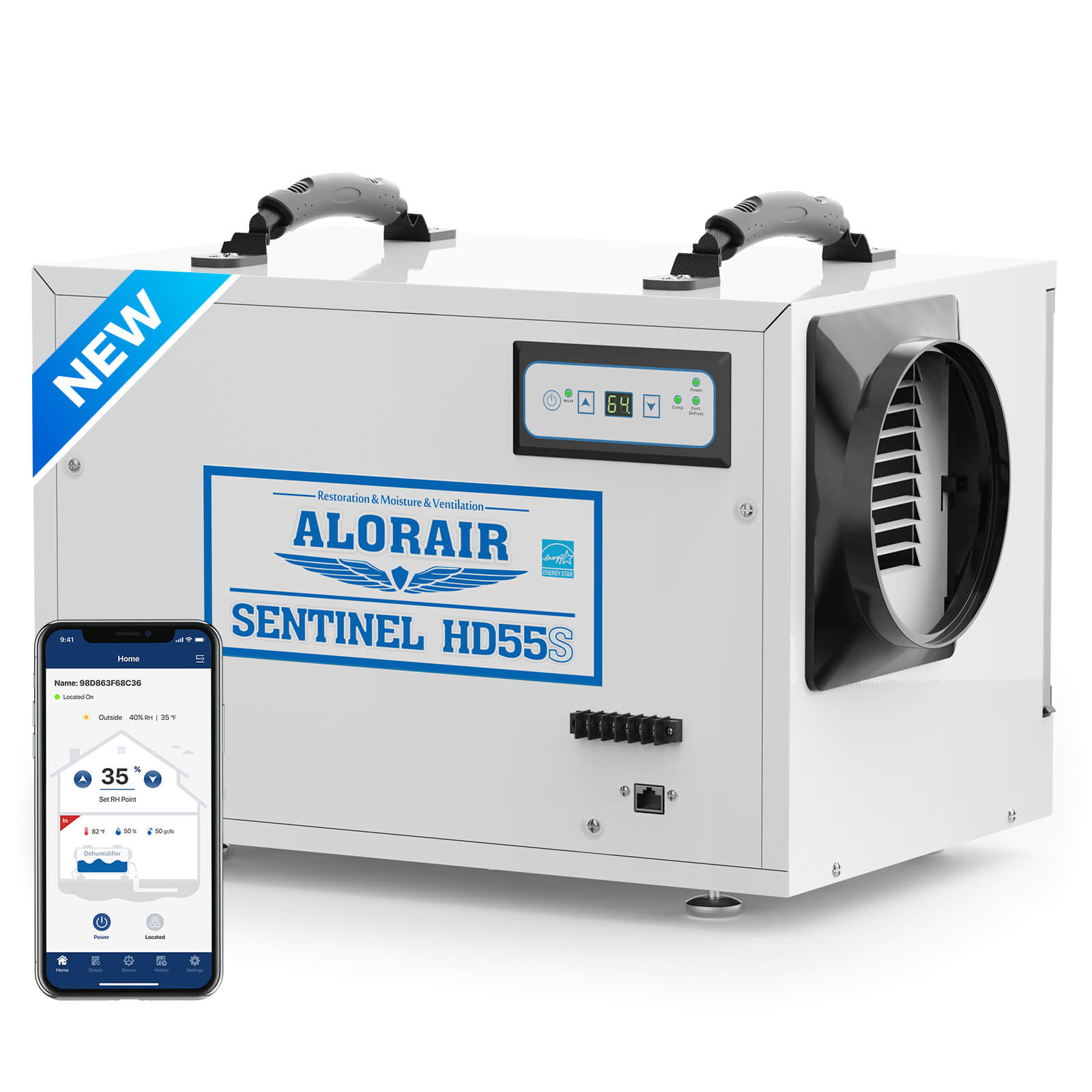
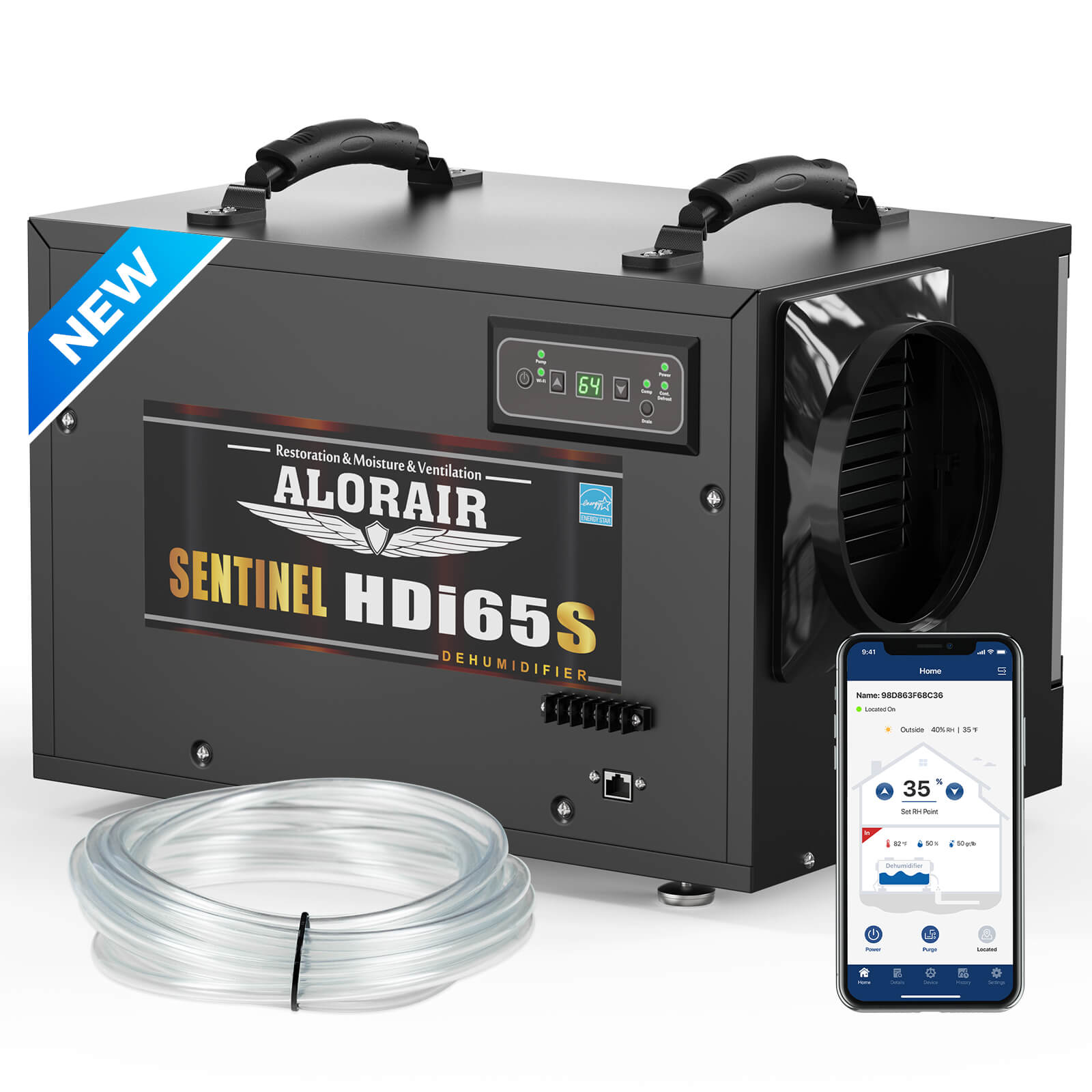
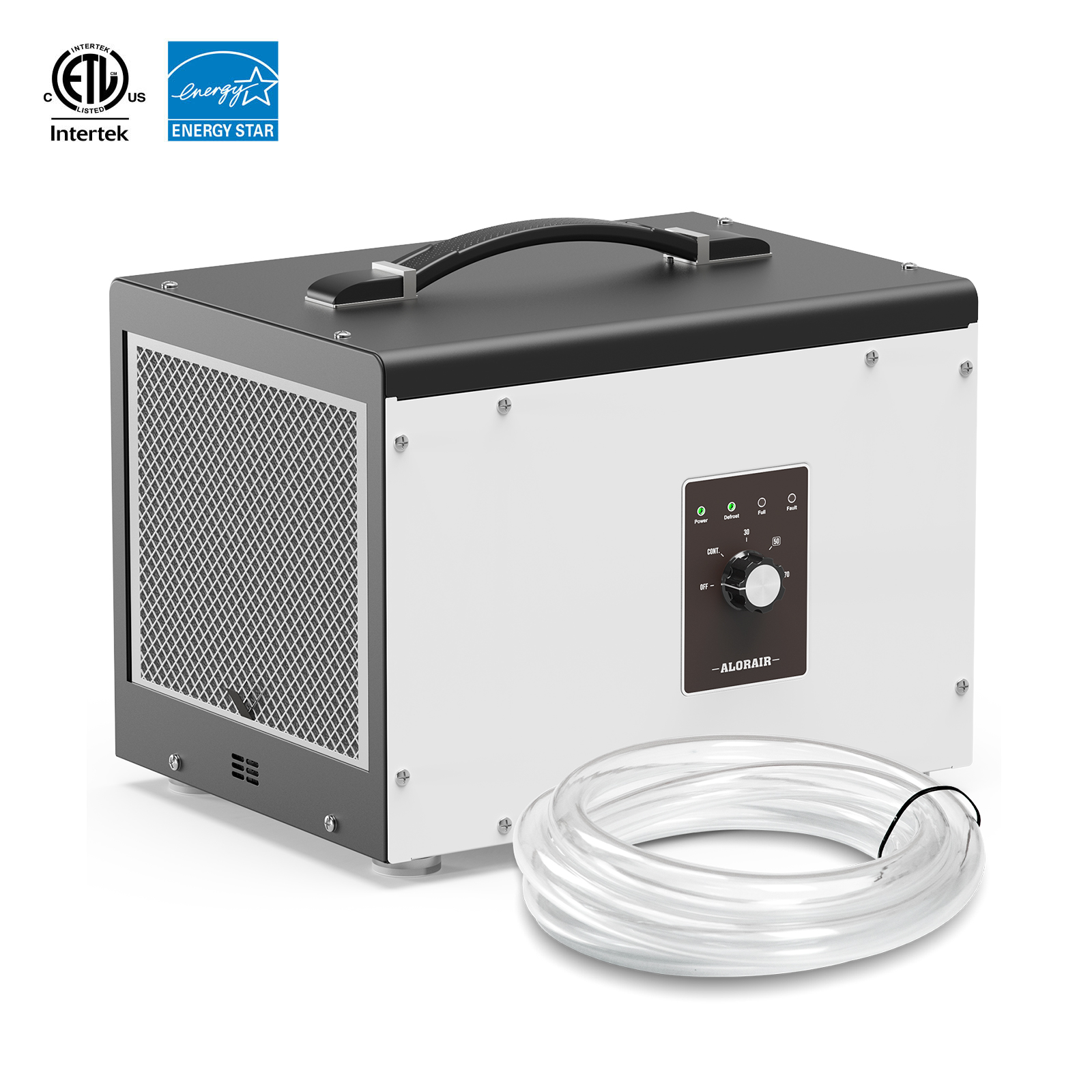
.jpg)
.jpg)

.jpg)
.HDi90.png)
.HD90.png)
-Duct.png)


.jpg)

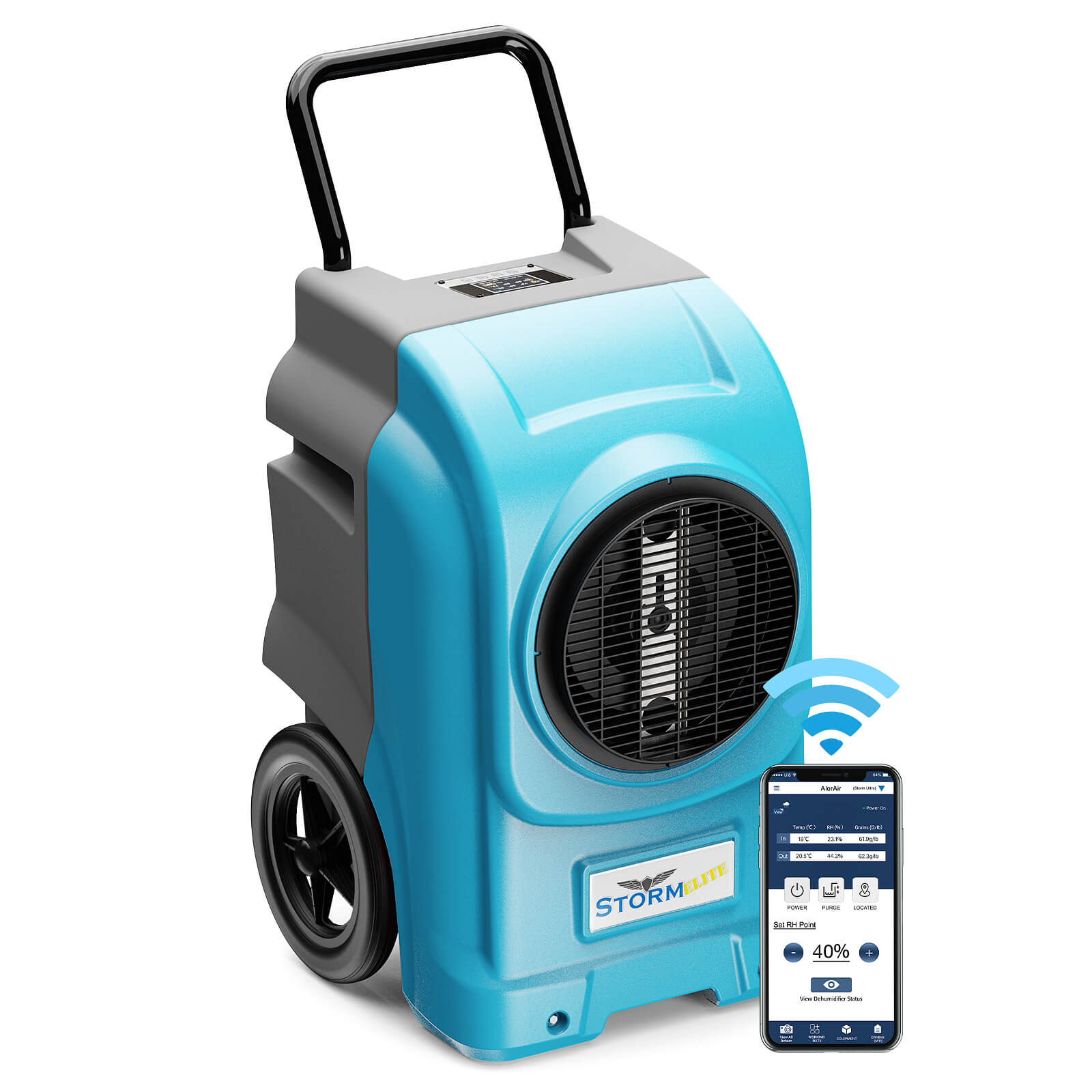

.jpg)
.jpg)

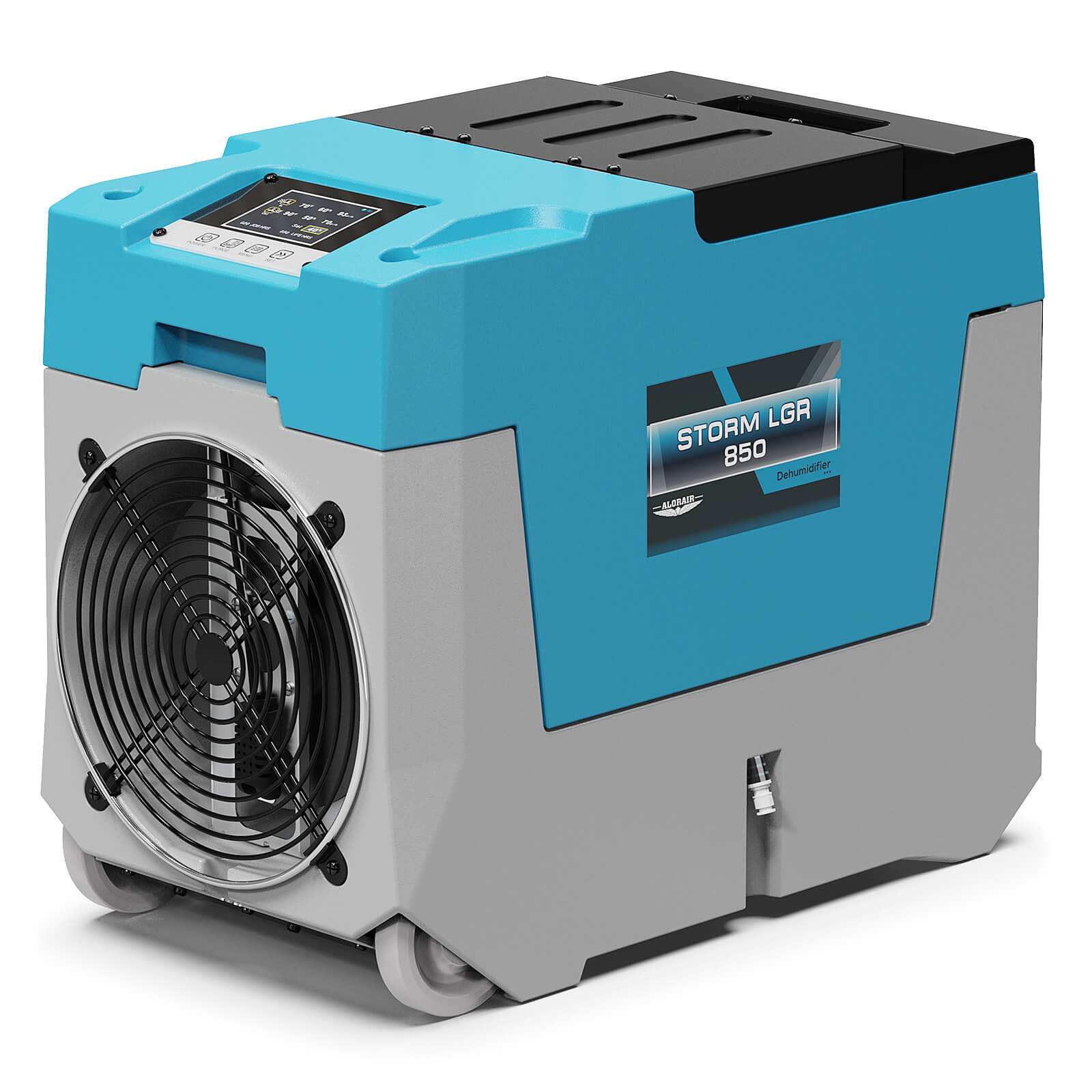
.jpg)








.jpg)
.jpg)













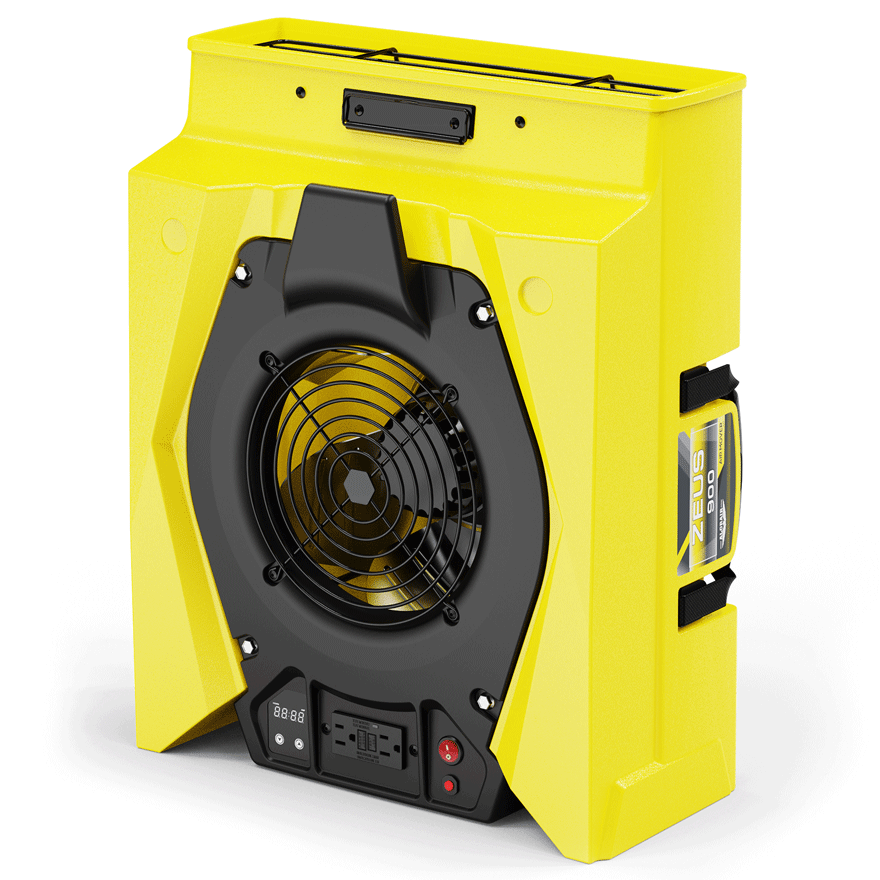
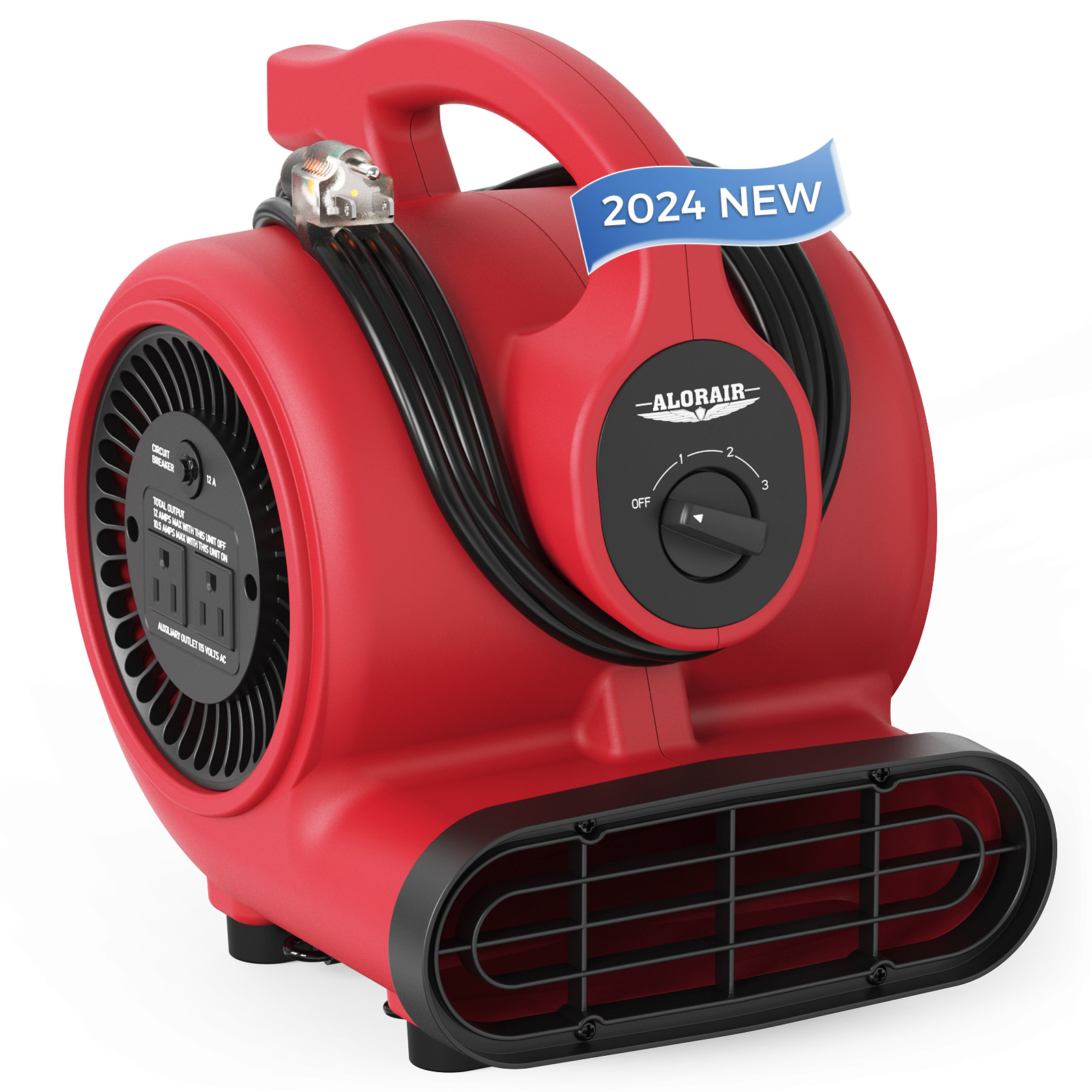
.jpg)
.jpg)
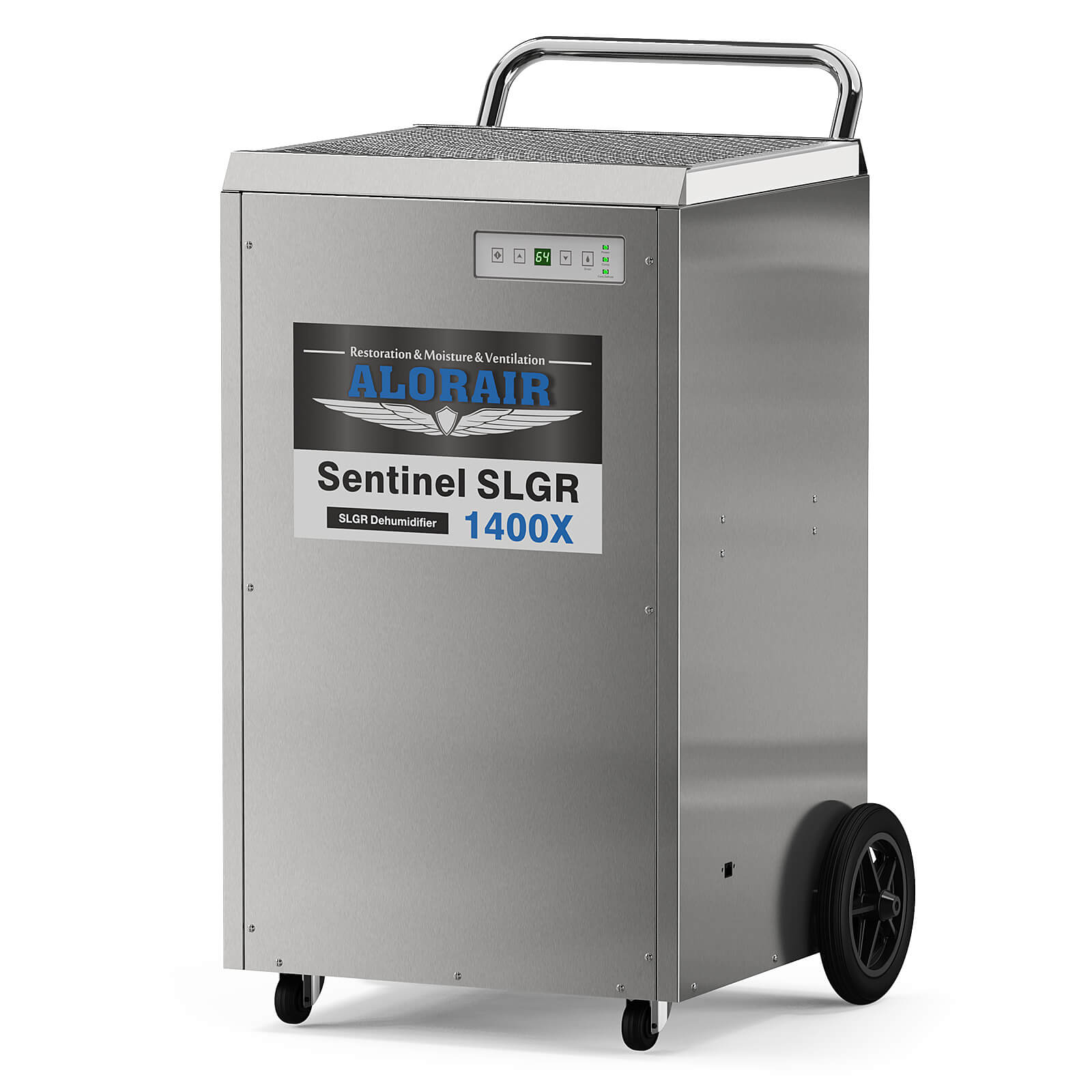





.jpg)
.jpg)









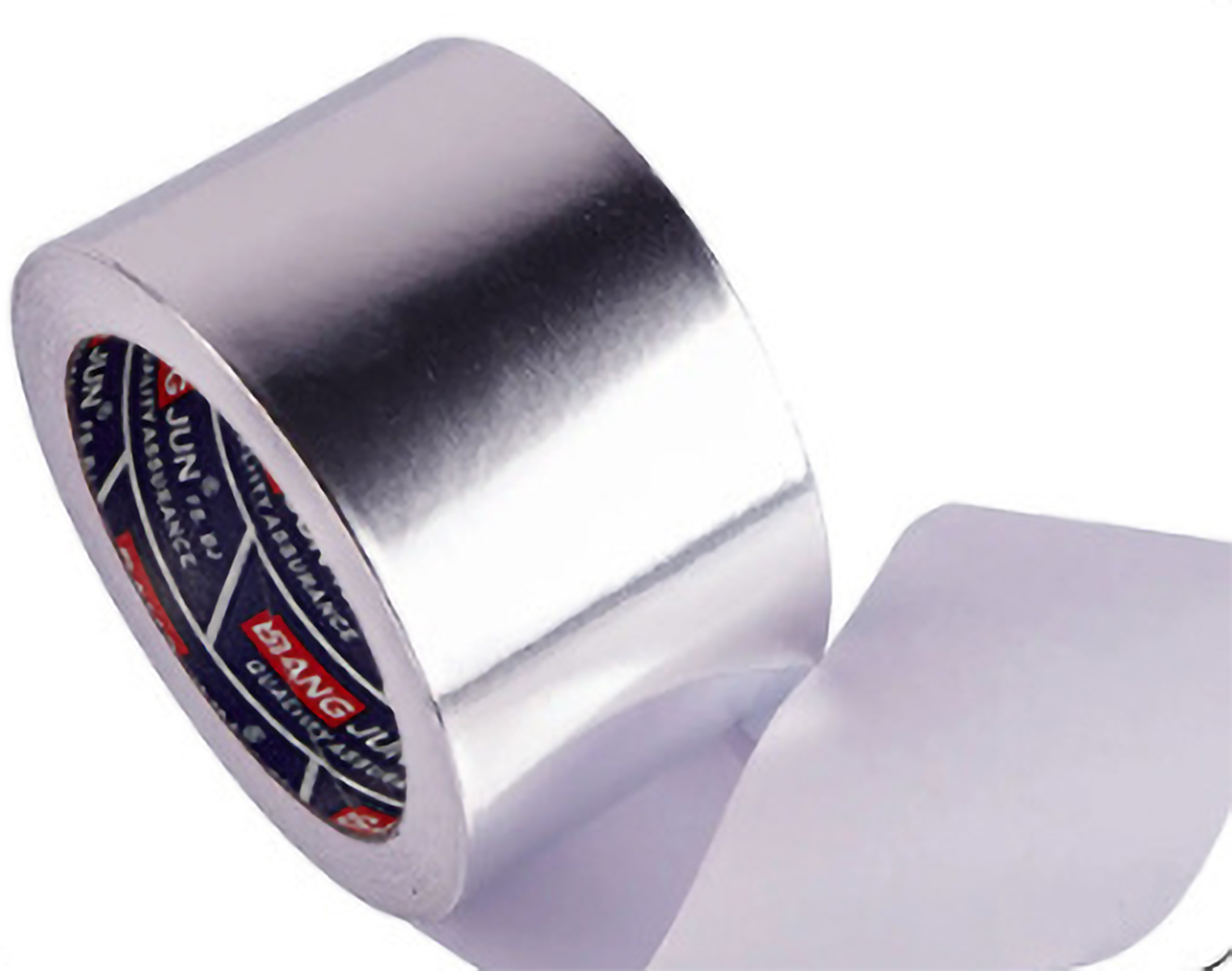





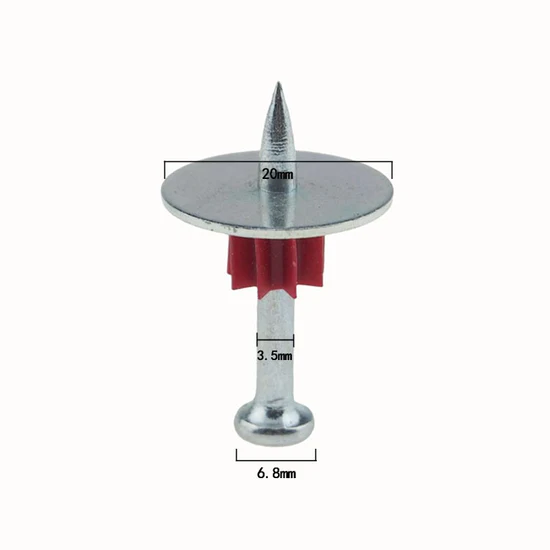

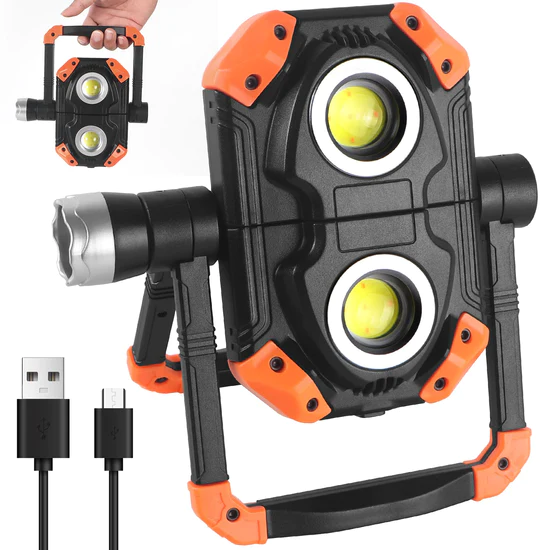



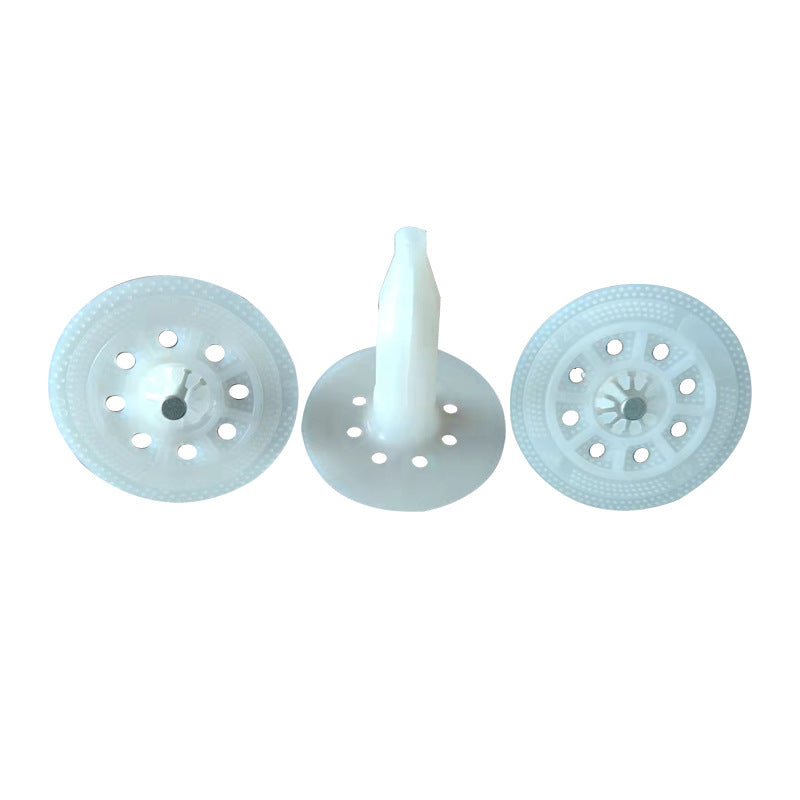

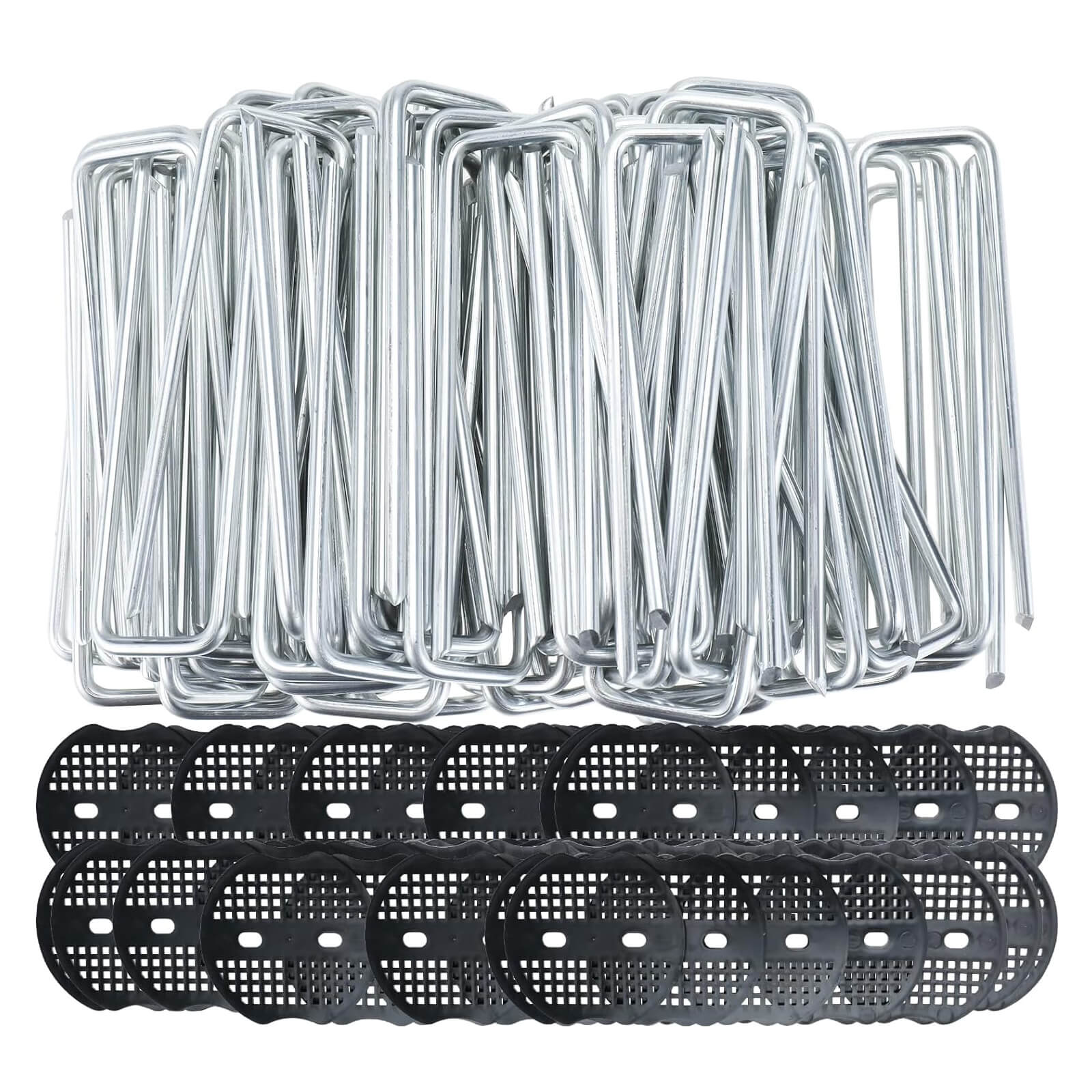


.jpg)
.jpg)
.jpg)
.jpg)
.jpg)

.jpg)







-.jpg)
.jpg)

.jpg)
.jpg)


























 Exclusive offers
promotions
Exclusive offers
promotions


